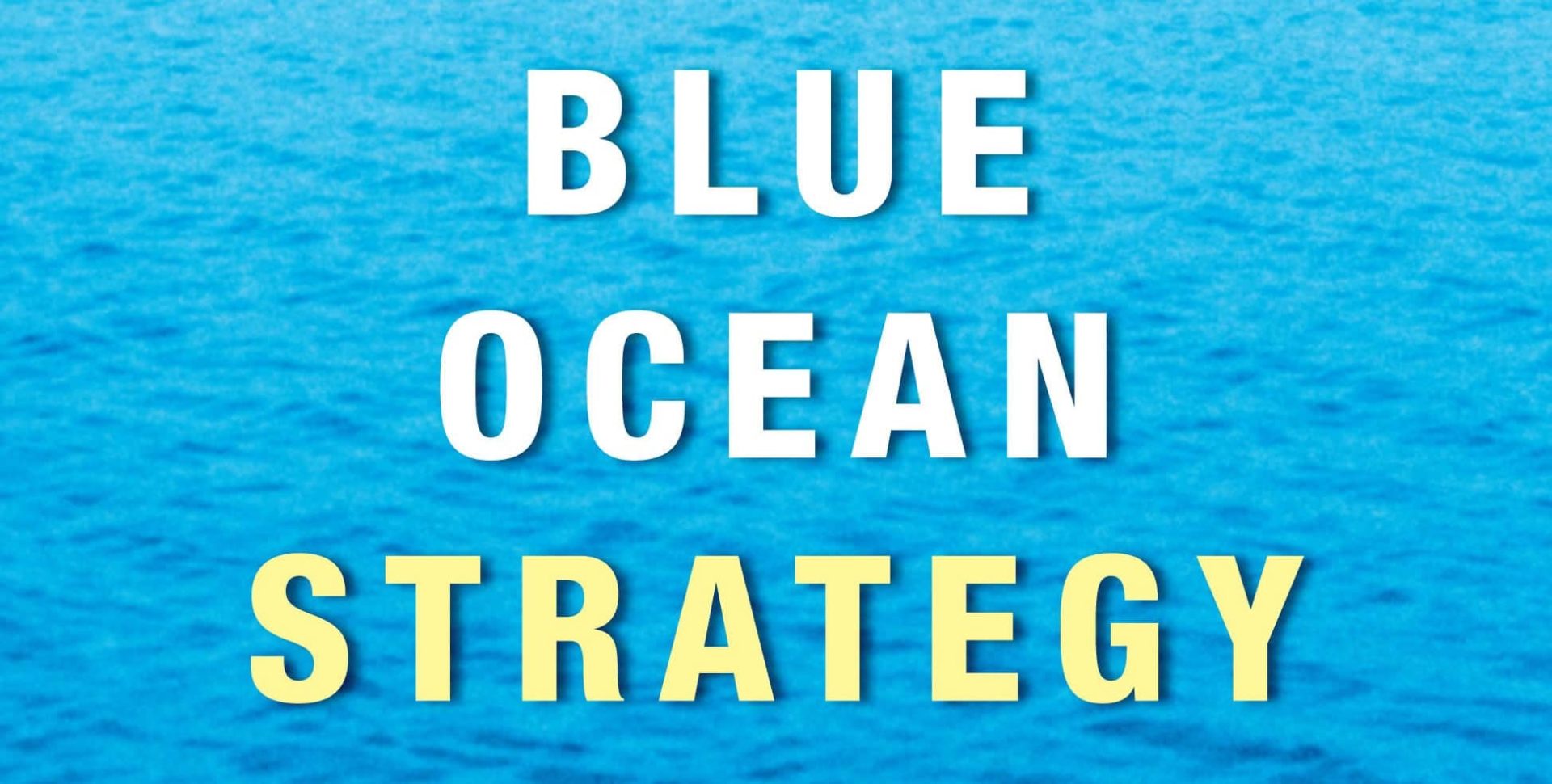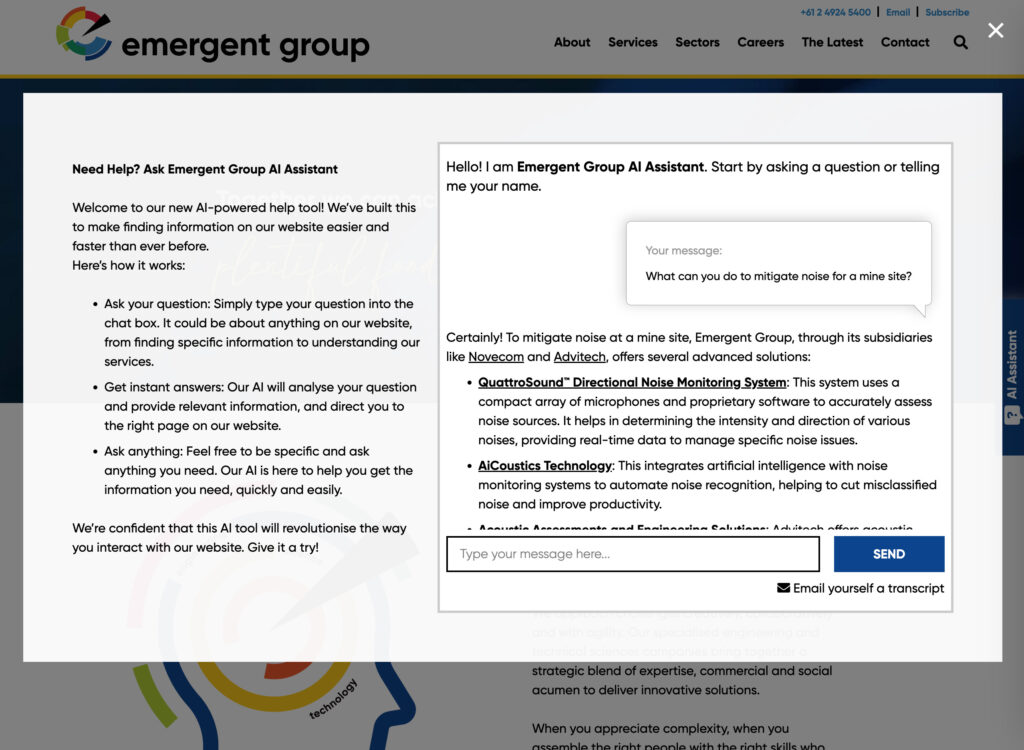One of the best aged business books on our shelf here at HyperWeb, first published in 2005. I first read this book in 2012 choosing it as it was so often referred to during my Masters in Business and Technology course. For me, this is the vibe of disunion, transformational change, and innovation. Written well before these became buzzwords and hashtags. Indeed, I made reference to it at the time in this post about opportunities for disruption in regional development.
Blue Ocean comes from the distinction made by the authors W. Chan Kim and Renee Mauborgne between two oceans making up the market universe: red oceans and blue oceans. Red ocean represent all the industries of today. The existing market space. Where boundaries are defined and competition rules are known. Competition is fierce and crowded. Products become commodities and competition becomes cutthroat turning the ocean red with blood.
Blue oceans are where industries do not currently exist, the unknown and untapped market space. Here we are free to create demand, the rules of the game are ours to set. They are beyond competition because we can create our own industry with new products and services, free of competition, or competing only with non-consumption.
The authors studied 150 strategic moves over a hundred years and within thirty industries. They argue that the companies leading the way tomorrow will succeed not by winning over competitors, but by creating blue oceans of uncontested market space. These moves they term Value Innovation, the creation of large amounts of value for both the company and its consumers. This eliminates rivals entirely and creates a new demand. Value Innovation is found by pursuing differentiation and lowering costs. The key word is “and”. Traditionally, business that pursue greater value for customers accept doing so at a higher cost, or to create average value at a lower cost. Blue ocean strategy aims instead to create greater value while reducing costs in the areas where the industry competes. This is how new value is created via innovation.
Clearly it is rarely possible to operate in the blue ocean alone, red ocean is a fact of business life. But we don’t need to be trapped totally within it. Ideally we can have a Blue Ocean Strategy to create new value for consumers and ourselves. Blue Ocean Strategy presents practical frameworks and tools to equip us to pursue blue ocean opportunities. These tools allow you to look at your own strategy, your current competition playing field, and frame new ideas for value creation with action plans.
The book then covers formulating a Blue Ocean Strategy via 6 principles and using the frameworks and tools:
-
- Reconstruct market boundaries
- Focus on the big picture, not the numbers
- Reach beyond existing demand
- Get the strategic sequence right
- Overcome key organisational hurdles
- Build execution into strategy
The first four are strategy formulation principles, the last two are implementation strategies. So the structure of the book doesn’t leave you dangling in theory. They are presented as almost a step by step guide with examples that are relatable for most businesses even 12 years on. I haven’t read the Expanded Edition released in 2015 but I am interested to see updated examples still demonstrating the principles. This book is on my re-read list, and the expanded edition looks like a great opportunity to be inspired by Blue Ocean Strategy and blue ocean thinking yet again.




